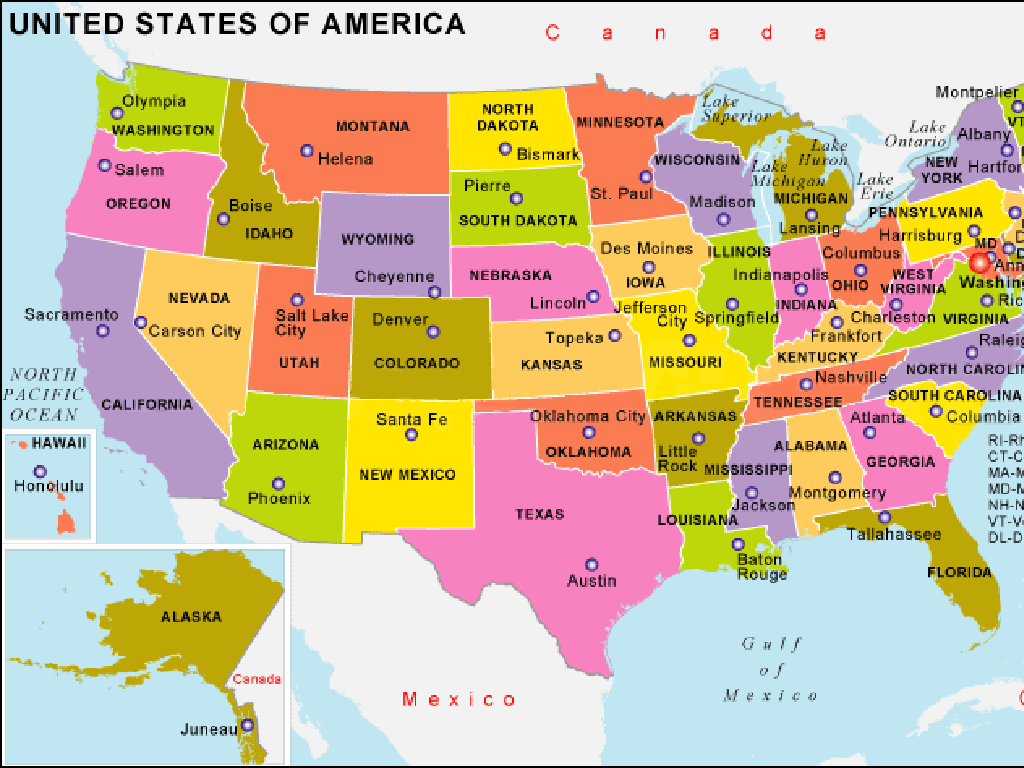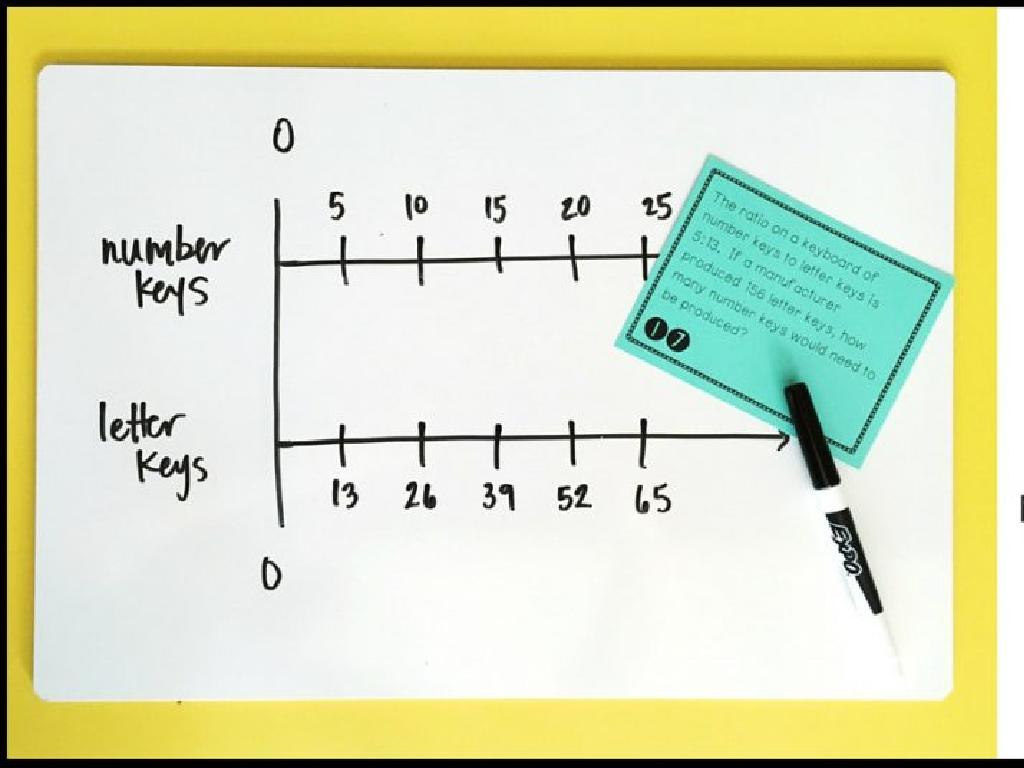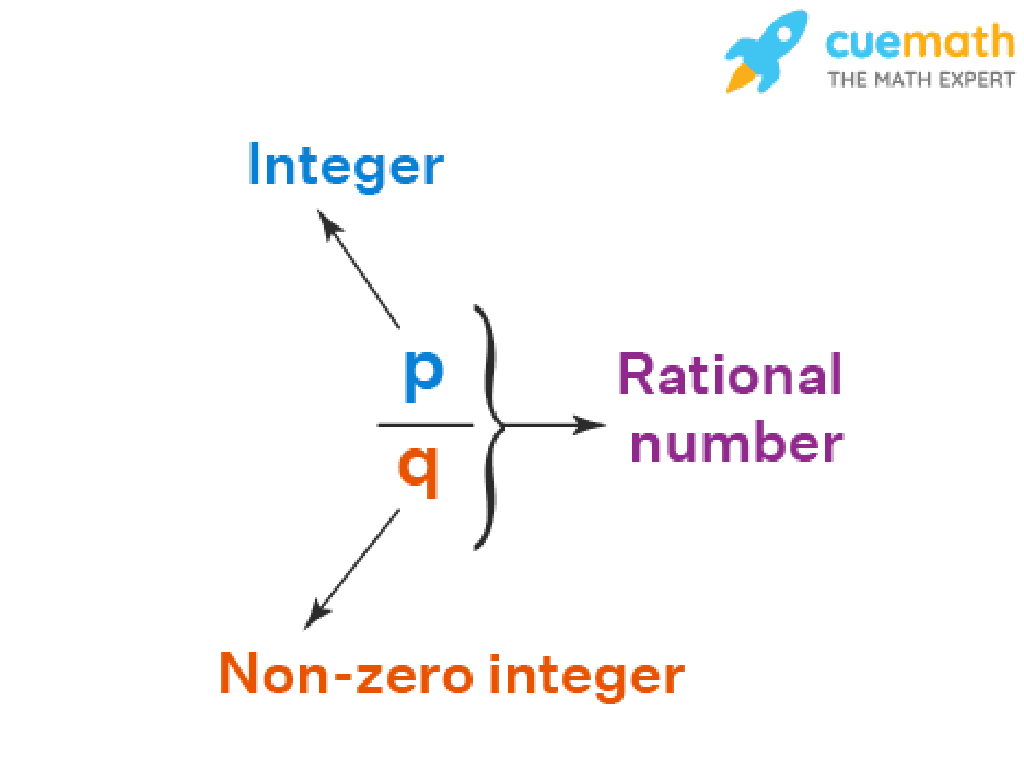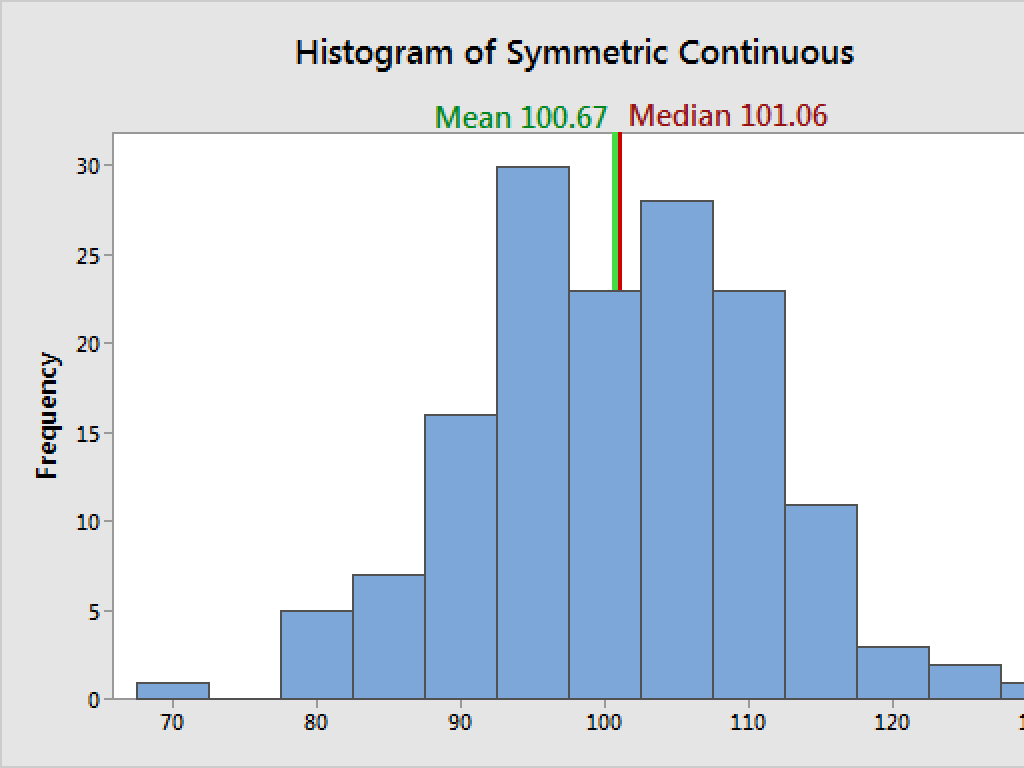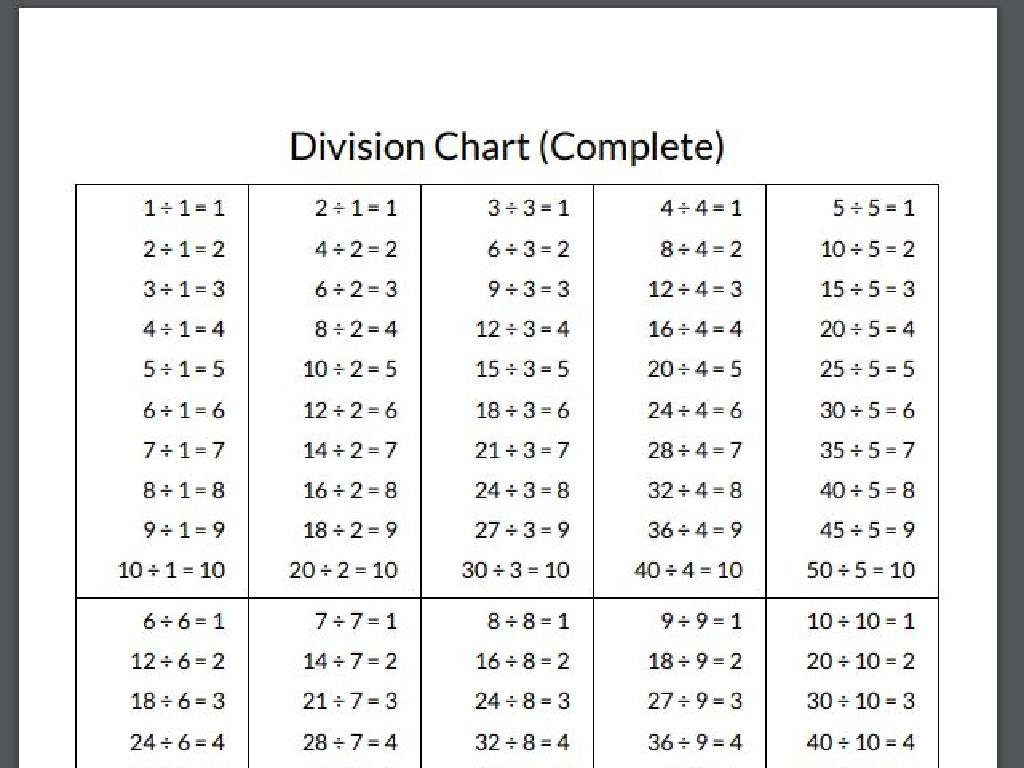Words With -Ful
Subject: Language arts
Grade: Seventh grade
Topic: Prefixes And Suffixes
Please LOG IN to download the presentation. Access is available to registered users only.
View More Content
Exploring the Suffix ‘-ful’
– Understanding word building blocks
– Defining prefixes and suffixes
– Today’s focus: Suffix ‘-ful’
– ‘-ful’ means full of or having qualities of
– Examples of ‘-ful’ in words
– ‘Joyful’ means full of joy, ‘hopeful’ means having hope
|
This slide introduces the concept of prefixes and suffixes as essential components of English word formation. The suffix ‘-ful’ is highlighted to show its meaning of ‘full of’ or ‘having the qualities of.’ Students should understand that by adding ‘-ful’ to a noun, it turns the word into an adjective, often describing a state or condition. For example, ‘grace’ becomes ‘graceful,’ indicating something full of grace. Encourage students to think of additional examples and use them in sentences to grasp the concept better. This understanding will enhance their vocabulary and comprehension skills.
Understanding the Suffix ‘-ful’
– ‘-ful’ denotes ‘full of’ or ‘having’
– e.g., ‘joyful’ implies filled with joy
– Examples: ‘joyful’, ‘hopeful’
– ‘hopeful’ suggests possessing hope
– Transforms nouns into adjectives
– ‘Careful’ means full of care, ‘graceful’ means having grace
– Enhances descriptive language
|
The suffix ‘-ful’ is a common part of the English language that students can use to expand their vocabulary. It’s used to express a measure or presence of a quality, often turning a noun into an adjective. For example, ‘joyful’ describes someone who is full of joy, and ‘hopeful’ describes someone who has hope. This slide aims to help students understand how to use ‘-ful’ to describe qualities and characteristics more vividly in their writing. Encourage students to think of nouns they can add ‘-ful’ to and discuss the new meanings created. This will enhance their descriptive language skills and help them better express themselves.
Crafting Words with ‘-ful’
– Adding ‘-ful’ to a base word
– Attach ‘-ful’ to a noun to express ‘full of’, e.g., ‘joy’ becomes ‘joyful’
– Spelling rule: drop ‘l’ in ‘full’
– When ‘full’ becomes ‘-ful’, one ‘l’ is removed, e.g., ‘beautiful’, not ‘beautifull’
– Creating examples interactively
– Let’s turn ‘help’ into ‘helpful’ and ‘wonder’ into ‘wonderful’ together
– Understanding ‘-ful’ meaning
– The suffix ‘-ful’ means ‘full of’ or ‘having qualities of’
|
This slide introduces the concept of the suffix ‘-ful’ and its usage in word formation. Emphasize that ‘-ful’ is added to nouns to indicate ‘full of’ or ‘having the qualities of’ something. Highlight the spelling rule that requires dropping one ‘l’ from ‘full’ when it becomes a suffix. Engage the class by creating examples together, turning nouns into adjectives with ‘-ful’. Encourage students to think of nouns they can add ‘-ful’ to and discuss the new words’ meanings. This activity will help solidify their understanding of how suffixes can change the meaning of a word and the importance of spelling rules.
Crafting Sentences with ‘-ful’ Words
– Comprehend ‘-ful’ word context
– Understand how ‘-ful’ affects the meaning of words in sentences.
– Create sentences with ‘-ful’ words
– Write your own examples using ‘-ful’ to describe something.
– Use ‘graceful’, ‘powerful’, ‘delightful’
– ‘The dancer was graceful.’ ‘The storm was powerful.’ ‘The party was delightful.’
– Share your creations in class
|
This slide aims to help students understand and practice using words with the suffix ‘-ful’, which implies ‘full of’ or ‘having the qualities of’. Students should learn that adding ‘-ful’ to a noun turns it into an adjective that describes something as having the qualities of the root word. For example, ‘grace’ becomes ‘graceful’, meaning ‘full of grace’. Encourage students to think of nouns that could take ‘-ful’ to form adjectives and use them in sentences that reflect their meanings. After crafting sentences, students will have the opportunity to share their sentences with the class, fostering a collaborative learning environment.
Understanding -ful vs. -fully
– ‘-ful’ vs. ‘-fully’: Know the difference
– ‘-ful’ turns nouns into adjectives, ‘-fully’ is an adverb form modifying verbs.
– ‘-ful’ has one ‘l’: Always check spelling
– A common error is adding an extra ‘l’ to ‘-ful’. Remember it’s just one ‘l’.
– Adjective vs. Adverb: Usage in sentences
– Use ‘-ful’ for adjectives (describing nouns) and ‘-fully’ for adverbs (describing actions).
– Practice with examples: ‘beautiful’ vs. ‘beautifully’
– ‘She sang beautifully’ (adverb) vs. ‘She has a beautiful voice’ (adjective).
|
This slide aims to clarify the common confusion between the suffix ‘-ful’ and the adverbial ‘-fully’. Emphasize that ‘-ful’ is used to form adjectives from nouns, implying ‘full of’, and it is always spelled with one ‘l’. In contrast, ‘-fully’ is the adverb form, often meaning ‘in a way that is full of’. Provide clear examples to illustrate the difference in usage within sentences. Encourage students to come up with their own examples and to be mindful of these common mistakes when writing.
Activity: Crafting a ‘-ful’ Word Wall
– Choose a ‘-ful’ word individually
– Create a symbolic drawing for your word
– Illustrate the meaning of your word through art
– Prepare a presentation for the class
– Contribute to the ‘-ful’ Word Wall
– Each drawing will be part of our class word wall
|
This class activity is designed to engage students with the suffix ‘-ful’, which means full of or having the qualities of. Each student will select a word that ends with ‘-ful’, such as ‘joyful’ or ‘thoughtful’, and create a drawing or symbol that represents the essence of their chosen word. They will then present their word and artwork to the class, explaining why they chose that particular representation. After presentations, the drawings will be added to a word wall in the classroom as a visual reminder of the vocabulary. This activity encourages creativity, deepens understanding of the suffix ‘-ful’, and enhances vocabulary through a collaborative and visual approach. Provide guidance on how to choose their word and offer examples of how a drawing might represent a word’s meaning. For instance, ‘joyful’ could be represented by a bright sun or a smiling face.
Review and Practice: The -ful Suffix
– Recap the meaning of ‘-ful’
– ‘-ful’ means ‘full of’, e.g., ‘joyful’ means full of joy
– Pair up for a ‘-ful’ word quiz
– Test each other’s knowledge on words ending with ‘-ful’
– Get ready for a fill-in-the-blank game
– A game to apply ‘-ful’ words in context
– Understand ‘-ful’ usage in sentences
|
Begin with a brief review of the suffix ‘-ful’ and its meaning, emphasizing that it indicates ‘full of’ or ‘having the qualities of’. Then, have students pair up and quiz each other using flashcards or a list of ‘-ful’ words to reinforce their understanding. Next, introduce a ‘fill-in-the-blank’ game where students will use ‘-ful’ words to complete sentences, which will be both engaging and educational. This activity will help students practice using context clues to determine the appropriate ‘-ful’ word to use in a sentence. Encourage students to think creatively and come up with sentences of their own during the game.
Game Time: Mastering ‘-ful’ Words
– Engage in a ‘-ful’ word game
– A fun way to test our knowledge of ‘-ful’ words
– Fill blanks with correct ‘-ful’ words
– Use context clues to find the right word
– Winners invent their own ‘-ful’ word
– Get creative and expand our vocabulary!
|
This interactive game is designed to reinforce the students’ understanding of words ending with the suffix ‘-ful’, which means ‘full of’ or ‘characterized by’. Provide sentences with missing words that can be completed using ‘-ful’ words, such as ‘hopeful’, ‘joyful’, ‘respectful’, etc. Encourage students to use context clues to determine the correct word. After the game, winners can create their own ‘-ful’ word, promoting creativity and deeper engagement with the concept of suffixes. This activity will help solidify their grasp of the material in a fun, competitive manner. Prepare a list of sentences and potential ‘-ful’ words in advance to guide the activity.
Wrapping Up: The Power of ‘-ful’
– Recap: The ‘-ful’ suffix meaning
– ‘-ful’ turns a noun into an adjective, indicating ‘full of’
– Homework: Craft 10 ‘-ful’ sentences
– Use words like ‘joyful’ or ‘hopeful’ in meaningful sentences
– Upcoming: Learn ‘un-‘ and ‘re-‘ prefixes
– ‘un-‘ and ‘re-‘ will be our focus; they modify word meanings
– Continue practicing ‘-ful’ words
|
As we conclude today’s lesson, remind students that the suffix ‘-ful’ attaches to nouns to express a measure of ‘fullness’ or ‘having the qualities of.’ For homework, students should write sentences using ‘-ful’ words to reinforce their understanding. Encourage creativity and context usage. In preparation for the next class, give a brief introduction to the prefixes ‘un-‘ and ‘re-‘ to pique students’ interest. Continue to emphasize the importance of understanding how prefixes and suffixes alter word meanings, as this is crucial for vocabulary development.

